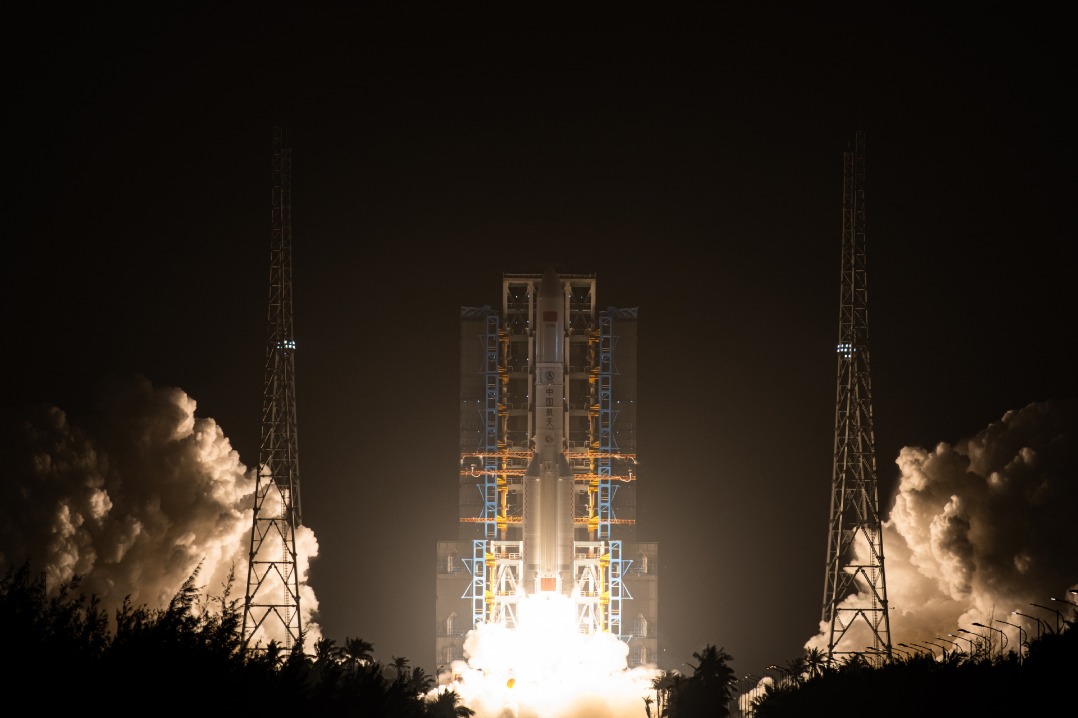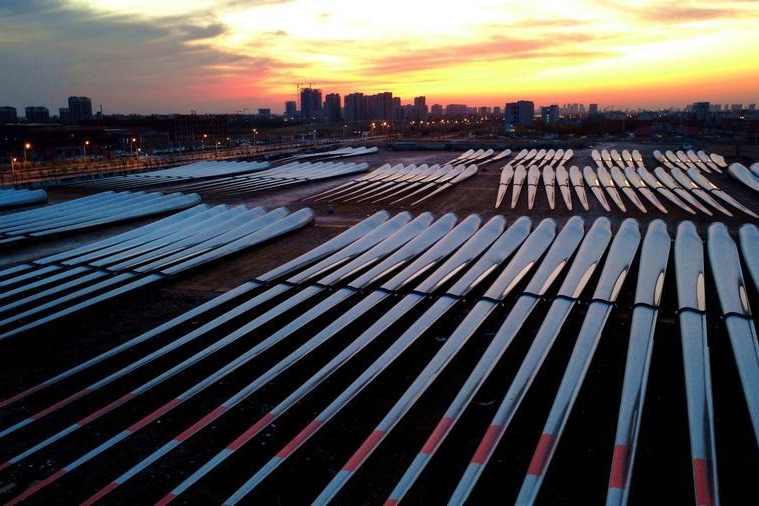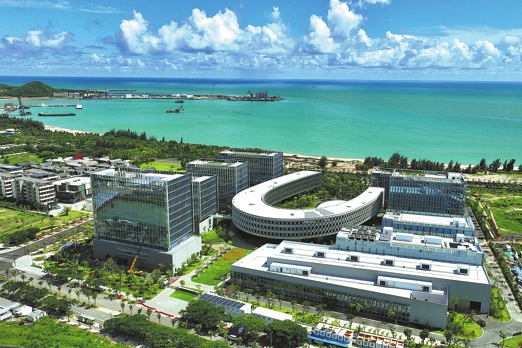System may grade BRI projects by green status

A ranking system has been suggested to classify BRI investment projects that may face environmental hurdles based on factors such as climate change mitigation and pollution and biodiversity protection, a senior official said.
Early studies have been completed by the BRI International Green Development Coalition on evaluation methods for investing in the projects, said Li Yonghong, deputy director-general of the Ministry of Ecology and Environment's Foreign Environmental Cooperation Center.
The coalition will also conduct pilot programs to gain information on how to further develop green solutions for future Belt and Road Initiative projects.
International financial institutions often classify projects based on their environmental impact in order to improve environmental risk management. Without a similar system for all outbound investment, the Chinese government can only impose weak restraints on the environmental behavior of enterprises operating abroad, Li said.
Due to the absence of such a system, many enterprises involved inthe BRI have yet to develop adequate environmental risk management procedures, he said.
"With different environmental and climatic conditions, some BRI countries have very sensitive ecosystems (to deal with)," he said.
Li said the coalition launched a study on a "greenlight system" to evaluate BRI investments and published a report in December following the completion of the first phase of the study. The report recommended classifying BRI projects into three categories-red, yellow and green, in accordance with their environmental performance.
Projects at risk of causing "significant and irreversible" environmental damage will be listed as red. Yellow projects are environmentally neutral with moderate impacts, in which any residual harm can be mitigated.
Those with no significant negative impacts and positive contributions to at least one environmental aspect will fall into the green category.
A project's status can be changed through further environmental protection efforts, the report said.
It also suggested establishing an "incentive and punishment" mechanism to guide financial institutions in accordance with environmental risks and impacts.
Li said the coalition will carry out more case studies and look at specific industrial sectors as it tries to come up with practical solutions for government bodies, financial institutions, enterprises and other stakeholders involved in BRI projects.
However, Li said it will almost be inevitable that infrastructure and energy projects will have negative impacts on local environments.
"Our second phase study will give priority to how to reduce these impacts … and provide projects of different categories green solutions to address their potential environmental hazards and upgrade their classifications," he said.
Initiated in April 2019 by the ministry and partners from home and abroad, the coalition has more than 150 partners, including BRI countries' environmental authorities, research institutes and NGOs.
The coalition, which has its secretariat based at the ministry's Foreign Environmental Cooperation Center, was formed at the Second Belt and Road Forum for International Cooperation.
Li said the coalition will also work on environmental management guidelines in key industrial sectors to encourage companies to follow international practices in their overseas investments.
It will also strive to develop evaluation tools that are simple, convenient and easy to execute for companies, financial institutions and other stakeholders.

Today's Top News
- Macao SAR holds flag-raising, reception to mark 26th anniversary of return to motherland
- China issues rules to regulate pricing practices of internet platforms
- US hits over 70 IS-linked targets in Syria in massive retaliatory strikes
- Coffee needs cooperation, not confrontation
- Technological innovation brings cultural heritage alive
- Consumption to play bigger part in growth






























